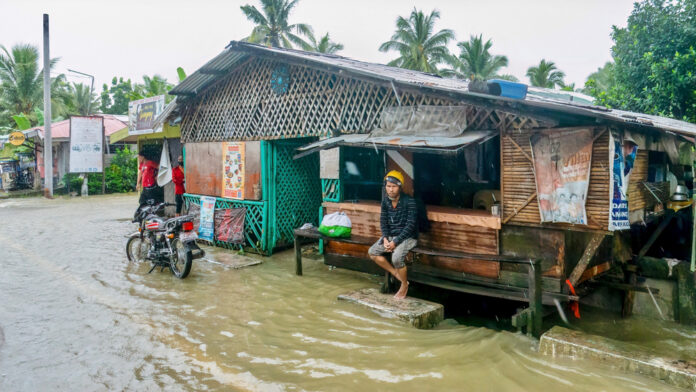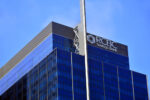The cost of managing risks faced by local insurers for taking on clients, called reinsurance, is certain to rise, particularly the risk cover for catastrophic events as flood, fire, marine, motor and even health.
The adjustment, already imposed by some of the non-life insurers elsewhere, have been observed as high as 50 percent more than prevailing rates as the reinsurance industry harden against a spate of events made worse by the pandemic and the Russia-Ukraine war, among other contributing factors.
According to Denden R. Tesoro, senior vice president and chief underwriting officer at Malayan Insurance, the inevitable adjustment can be held off for maybe as long as a year but eventually the adjustment will happen.
“This is no fairy tale, it is happening now,” Tesoro told financial reporters in an in-person briefing the Malayan Insurance executive hosted Wednesday at the RCBC Plaza in Makati.
She said Filipino non-life clients have gotten away with practically zero-rate premium increase the past 30 years, a condition that has become increasingly untenable as reinsurers struggle with having to take on insurer risks even as the severity of contingent events become harder at each catastrophic instance.
By the most optimistic forecast, non-life insurance premium rates could be staved off another 12 months more as consequence of higher reinsurance premium imposed by reinsurers who are mainly foreign entities, Tesoro said.
Local insurers take to the risk transfer expedient of foreign reinsurers to help manage their exposure but who are themselves beset also by the rapidly escalating severity of catastrophic events like climate change, wars and others.
These aggravating events are separate from such other issues as the documentary stamp and other taxes borne by insurers for their products and the elastic impact such adjustments have on the insurance policy take up or sale.
Tesoro said so-called retail insurance that cover damage to property or person are particularly sensitive to price adjustments and are always the first to respond to change in premium rates.
She acknowledged the price of the premium paid for a non-life policy has steadily inched up on the back of a hardening reinsurance rate and also by the country’s poor risk rating. This has to do with the credit stature of the Philippines as a triple-B or BBB-rated economy that, while already in the investment grade category, is not high enough to warrant less costly investment or credit transactions cost in markets around the world.
But Tesoro clarified that while reinsurance rates have driven premium rates higher, such has allowed insurers like Malayan Insurance to continue to offer risk cover against natural disasters like typhoons and earthquakes.
Without reinsurance, insurers will not have sustainable operations or in position to support risks which can generate massive losses like large-scale flooding or fires in multi-billion peso facilities like airports, toll roads, bridges and the like, Tesoro explained.
This is particularly relevant for the Philippines which, under the World Risk Index 2022, ranked number one in terms of risk from natural calamities and conflict and reflected promptly in the reinsurance rate demanded of local insurers, Tesoro said.







